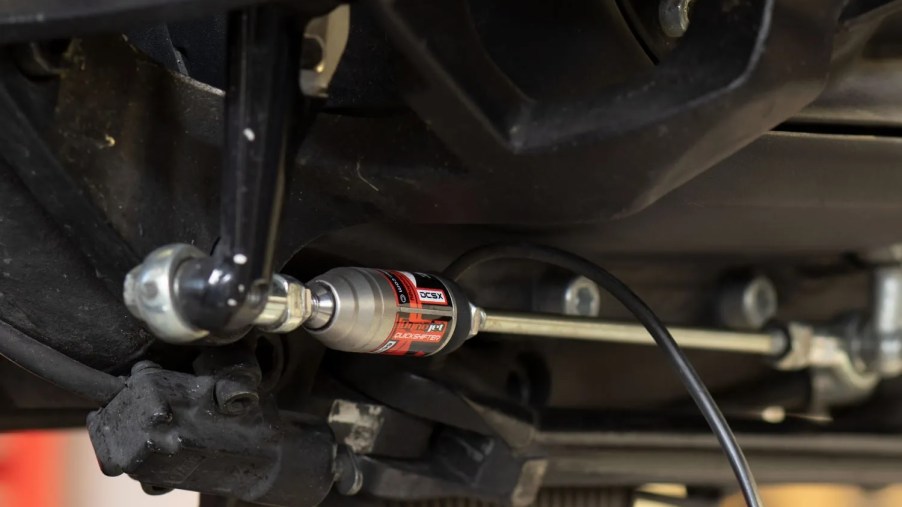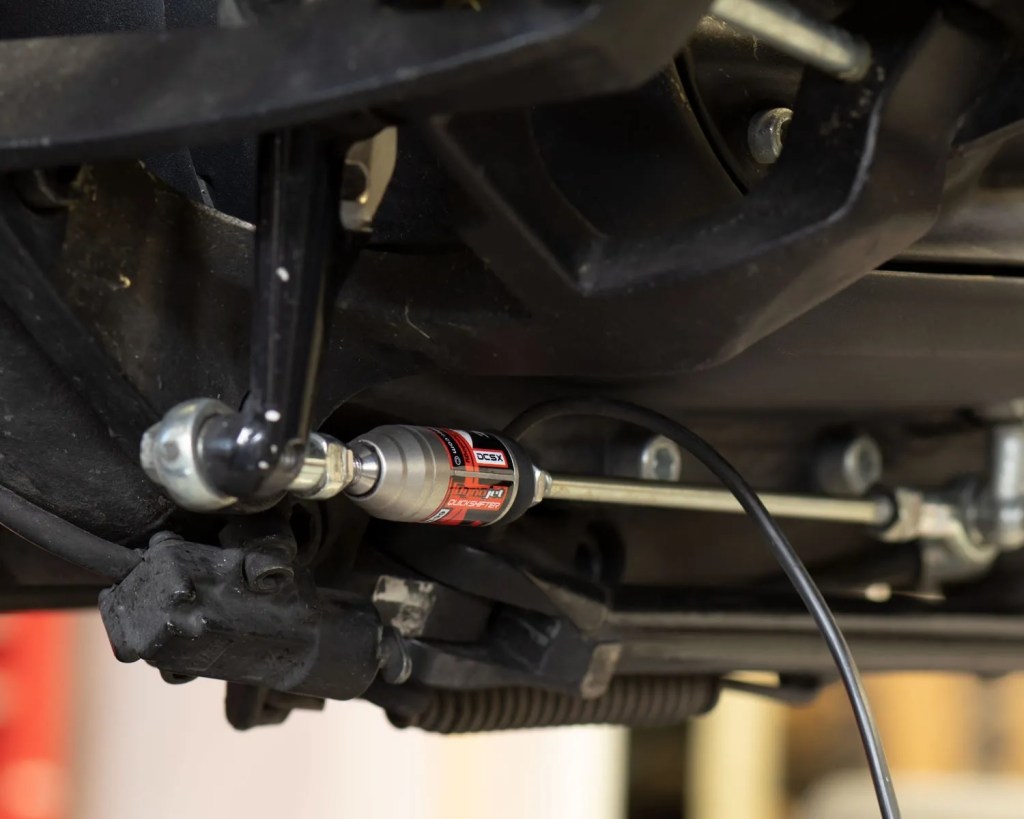
Does Your Motorcycle Need a Quickshifter?
While the number of available automatic and no-shifting motorcycles is slowly growing, most bikes still use manual transmissions. That means not only learning how to operate a clutch but also how to shift gears smoothly and quickly. One way to speed up shifts on a car is to install a short shifter. And while a motorcycle transmission’s overall shape precludes short shifters, bikes can be fitted with quickshifters. But what does a quickshifter do, and is it worth putting one on your bike?
Clutchless upshifting and the quickshifter
Although a manual motorcycle transmission is arranged slightly differently than a traditional automotive one, the two function basically identically. To change gears, the rider closes the throttle, pulls the clutch, moves the shifter, then releases the clutch while opening the throttle. Closing the throttle and pulling the clutch unload the transmission, which is what lets you shift, Motorcyclist explains.
But doing all that takes precious time—time during which the bike isn’t accelerating. And the more time is spent shifting, the more the difference between transmission and engine RPMs increases. The greater the difference, the harsher the jolt when the gears mesh together again. To get around the harshness, riders, like drivers, practice rev-matching. And to shorten shift times, some riders practice clutchless upshifting, aka ‘slip shifting,’ Revzilla reports.
Theoretically, you don’t need the clutch to unload the transmission—just rolling off the throttle will do. Clutchless upshifting takes advantage of that by removing clutch actuation from the shifting equation. However, while it can be faster, it requires a lot of trial and error to master, Bikes Republic reports. And it significantly increases the wear-and-tear on your transmission, PackUpAndRide and Cycle World explain. That’s where the quickshifter comes in.
A motorcycle quickshifter, aka ‘quick shifter,’ also removes the necessity of using the clutch, Motorcyclist explains. But unlike clutchless upshifting, a quickshifter makes closing the throttle unnecessary, too, RideApart explains.
A quickshifter works like a traditional foot-operated motorcycle shifter. But when you want to shift up or down, it momentarily cuts either the ignition or the fuel supply, LifeAtLean explains. This unloads the transmission without the rider having to move the throttle or clutch lever. So, you still get smooth shifts, only faster.
Can you put a quickshifter on any motorcycle?
Some motorcycles, especially sportbikes, come standard with quickshifters from the factory. Others offer them as optional extras. A few of these quickshifters only work on upshifts, though up- and down-shift ones are becoming increasingly common. The latter kind is sometimes referred to as ‘auto-blipping quick shifters,’ Biker Rated reports.

However, even if a quickshifter isn’t available from the factory, you can still install one on your motorcycle, Bennetts reports. Companies like Dynojet even make ones for Harley-Davidson cruisers and other such bikes. But because quickshifters have to be tied into an engine’s electronics, installing an aftermarket one sometimes means fitting an aftermarket fuel-controller unit, too, Motorcyclist reports.
Is it worth installing?
Although a quickshifter’s benefits are often best witnessed on a racetrack, it does have some advantages for street riders. Smooth, fast shifts don’t disrupt tire traction nearly as much as slow, jerky ones, which makes for safer handling, Bennetts explains. And less jerking means less discomfort on longer rides.
That being said, not all quickshifters are made equal. Some engines don’t appreciate low-RPM shifting, Motorcyclist reports. However, many higher-end models can be adjusted to smooth things out.
As for price, that depends on the specific brand you choose and your particular bike. Dynojet’s plug-and-play quickshifters cost anywhere from $125-$430. Customized race-spec kits can sometimes crest the $1000-mark, Cycle World reports.
So, should you put one on your bike? If you’re serious about lap times, definitely. But if you mostly ride on the street, it’s not strictly necessary—though it can be fun.
Follow more updates from MotorBiscuit on our Facebook page.


